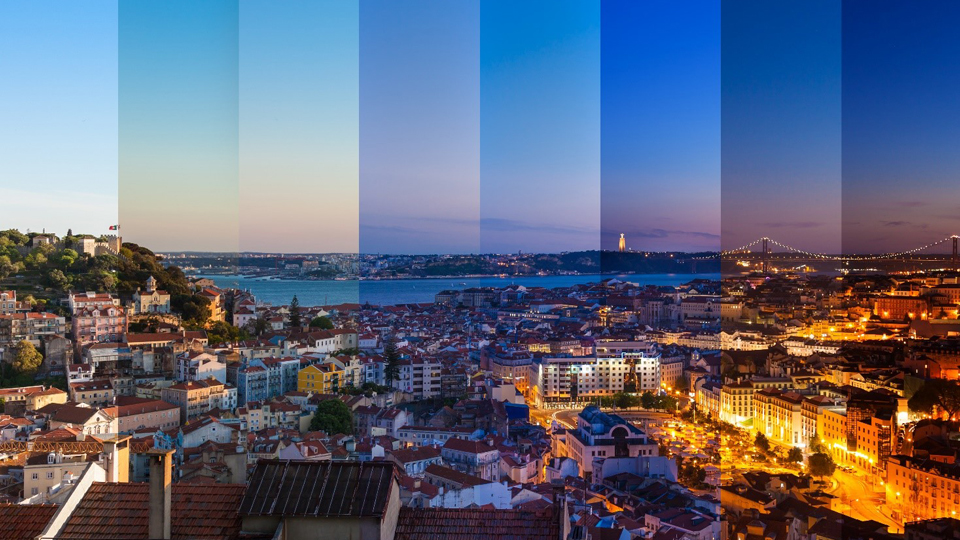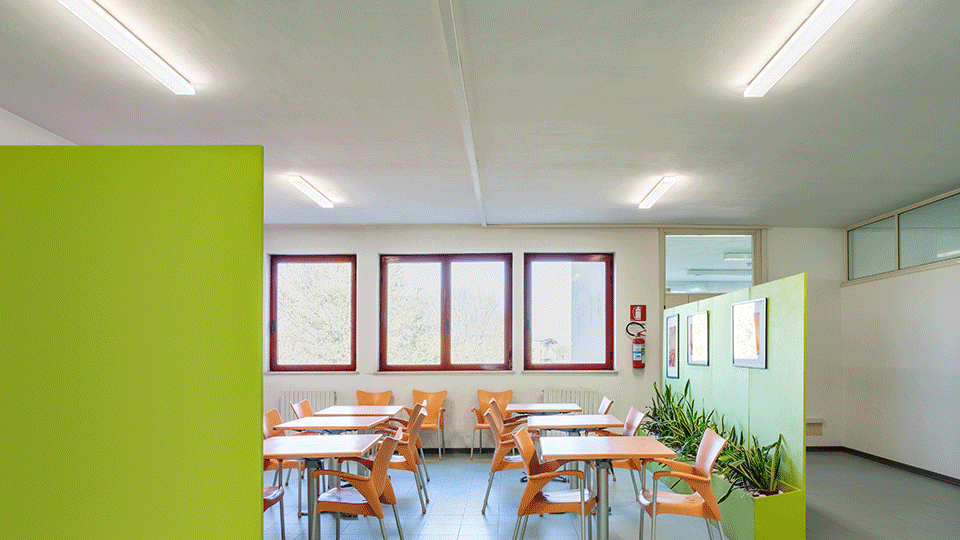



 When we discuss Human Centric Lighting (HCL), we are not just referring to a visual question, but rather placing the human being at the center of the lighting concept. HCL plays a crucial role in regulating circadian rhythms, exerting a direct influence on people's sleep and mood, adapting to their biological rhythms.
When we discuss Human Centric Lighting (HCL), we are not just referring to a visual question, but rather placing the human being at the center of the lighting concept. HCL plays a crucial role in regulating circadian rhythms, exerting a direct influence on people's sleep and mood, adapting to their biological rhythms.